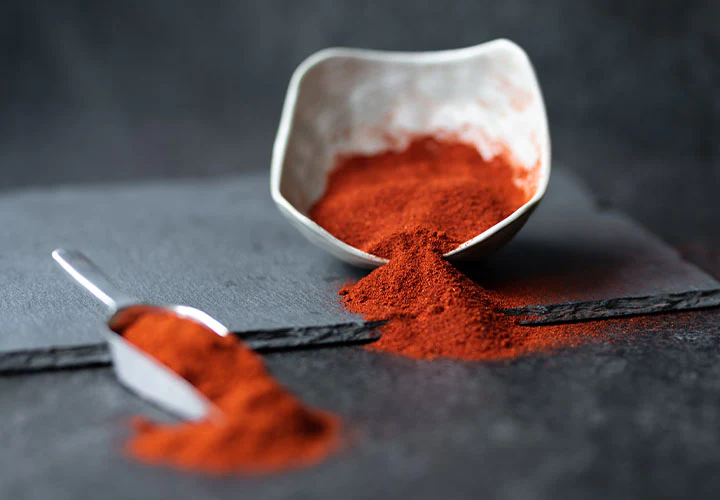- No. 268 Xianghe Street, Economic Development Zone of Xingtai city, Hebei 054001 China
- Byron@hbhongri.cn
Exploring the Rich Flavors of Paprika and Garam Masala in Culinary Creations
Exploring the Flavor Depths of Paprika and Garam Masala
In the vibrant world of culinary arts, spices play a crucial role in transforming mundane dishes into extraordinary experiences. Among the myriad of spices available, paprika and garam masala stand out not only for their unique flavors but also for the cultural histories they embody. This essay delves into the characteristics, uses, and cultural significance of paprika and garam masala, highlighting their roles in global cuisine.
Paprika, a spice made from ground red peppers, is most commonly associated with Hungarian and Spanish cuisines. Its flavor profile varies widely depending on the type of pepper used and the drying method employed. Sweet, smoky, or hot, paprika can provide a subtle warmth or a robust kick to various dishes. A staple in goulash, it adds depth and color, transforming simple ingredients into a comforting meal. Additionally, in Spanish cuisine, paprika is central to dishes like chorizo and paella, where it imparts a vibrant hue and enhances the overall flavor.
Exploring the Flavor Depths of Paprika and Garam Masala
On the other side of the spice spectrum lies garam masala, a quintessential blend of spices prevalent in Indian cuisine and beyond. The term garam translates to hot or warming, referring to the warming quality of the spices rather than their heat level. Typically composed of spices such as cumin, coriander, cardamom, cloves, cinnamon, and nutmeg, garam masala introduces complexity and aroma to dishes. Each household may have its unique blend, created by adjusting the proportions of these spices to match individual tastes and culinary traditions.
paprika garam

Garam masala is often added to dishes towards the end of cooking, allowing its flavors to meld without becoming overpowering. From fragrant curries to biryanis, this spice blend enhances the umami of the ingredients, leaving a lingering warmth that is both comforting and exotic. The versatility of garam masala extends beyond savory dishes, as some chefs incorporate it into desserts, providing an unexpected twist that delights the palate.
Both paprika and garam masala also carry deep cultural significance. They are not merely ingredients; they are symbols of tradition and heritage. Paprika is widely celebrated in Hungarian culture, where it is a source of national pride. The making of paprika can involve intricate processes, from harvesting peppers to smoking and grinding, each step steeped in tradition. In contrast, garam masala reflects the diversity of Indian culture, embodying regional differences in spice usage, cooking techniques, and culinary philosophies.
As cooking continues to evolve, the fusion of flavors from different cultures is becoming increasingly common. Chefs and home cooks alike are experimenting with the combinations of paprika and garam masala, creating innovative dishes that celebrate both spices’ distinctive characteristics. This blending serves as a testament to the universal language of food, showcasing how flavors can connect people across cultures.
In conclusion, paprika and garam masala are more than just spices; they are gateways to understanding the rich histories and culinary traditions they represent. With their unique flavors and health benefits, these spices enhance dishes while also inviting us to explore the stories behind them. Whether you are sprinkling paprika over roasted vegetables or incorporating garam masala into a hearty curry, each pinch is a journey into the heart of culinary heritage.
-
Unlock the Power of Nature with Capsicum Oleoresin ExtractNewsJul.03,2025
-
Unleash the Heat: Discover the Wonders of Spicy Crushed Red PepperNewsJul.03,2025
-
Unleash the Flavor of Red Pepper Pods – Elevate Your Culinary Creations!NewsJul.03,2025
-
The Rich Flavor of Red Pepper Dried – The Ultimate Ingredient for Your Culinary Creations!NewsJul.03,2025
-
Discover the Rich Flavor of the PaprikaNewsJul.03,2025
-
Discover the Flavorful World of Paprika & Chili ProductsNewsJul.03,2025







